
“Madero has awakened this tiger,
let’s see if he can tame it.”
-Porfirio Diaz
The National Museum of the Revolution is far less visited than the monument above it. But then, the Mexican Revolution is also one of those historical themes that many visitors will want to gloss over.
The Revolution might seem too complicated, too multi-faceted, too recent. But it’s still among the strongest factors affecting life and thought in the capital and in the country beyond.
In fact, a basic timeline is one quick way to understand the timeline of events. But visitors shouldn’t assume that this period of Mexican history is too heavy or overly complicated. The museum presents the Revolutionary period, vital as it is to understanding present day Mexico, in a format that makes a lot of things much clearer.
The National Museum of the Revolution was opened underneath the Monument to the Revolution in 1986. The period covered in the museum begins in 1857 with the constitution of that year and ends in 1920 with the Presidency of Venustiano Carranza.
From within the Museum, guests can appreciate some of the construction stages of what was to be the Legislative Palace and ended up being the Monument. A permanent exhibition includes more than 400 artifacts related to the Reformation through the Revolutionary periods.
Any trip to the Monument to the Revolution can be that much more fulfilling with a quick trip into the museum. And remember, admission to the National Museum of the Revolution is free every Sunday.
 +52 (55) 5546 2115
+52 (55) 5546 2115
 https://www.cultura.cdmx.gob.mx/recintos/mnr
https://www.cultura.cdmx.gob.mx/recintos/mnr

Nearest at 0.01 kms.
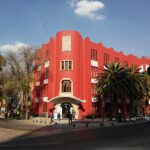
Nearest at 0.10 kms.
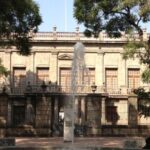
Nearest at 0.28 kms.
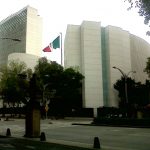
Mexico City's most prominent intersection...
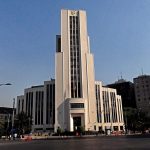
One of the most innovative of mid-20th century architectural attempts.
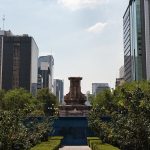
A roundabout on Paseo de la Reforma heralds a new historical moment...

The Tabacalera Park is the former garden of the Palace of Buenavista...

One of the most curious of Mexico City art deco buildings, the Fronton sat abandoned for 20 some years. Today, it's a casino and jai alai court o